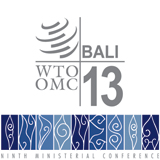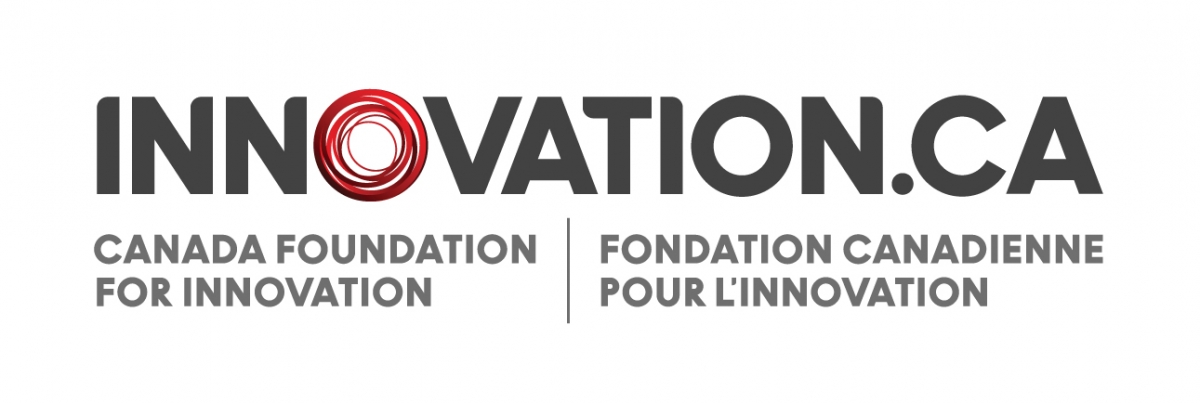CSA Group, a leading standards development, testing and certification organization officially announces Canada’s first adopted International Organization for Standardization (ISO) standard on nanotechnologies. CSA Z12885, Nanotechnologies – Exposure control program for engineered nanomaterials in occupational settings provides guidance for the safe use of nanomaterials in the workplace.
“The development of standards is crucial for effective and responsible commercialization of nanotechnologies,” said Brian Haydon, Senior Project Manager, Standards, CSA Group. “CSA Z12885 is the first in a series of standards on nanotechnologies being adopted in Canada, resulting from international and Canadian contributions to the continued activity of ISO/TC 229, the ISO Technical Committee on nanotechnologies.”
http://www.csa.ca/cm/ca/en/home
Graphene ideal material for new kind of sensors
Because of its intriguing properties graphene could be the ideal material for building new kinds of electronic devices such as sensors, screens, or even quantum computers.
One of the keys to exploiting graphene’s potential is being able to create atomic-scale defects – where carbon atoms in its flat, honeycomb-like structure are rearranged or ‘knocked out’ – as these influence its electrical, chemical, magnetic, and mechanical properties.
A team led by Oxford University scientists report in Nature Communications a new approach to a new approach to engineering graphene’s atomic structure with unprecedented precision.
‘Current approaches for producing defects in graphene are either like a ‘shotgun’ where the entire sample is sprayed with high energy ions or electrons to cause widespread defects, or a chemistry approach where many regions of the graphene are chemically reacted,’ said Jamie Warner from Oxford University’s Department of Materials, a member of the team.
‘Both methods lack any form of control in terms of spatial precision and also the defect type, but to date are the only reported methods known for defect creation.’
Source:
http://www.ox.ac.uk/media/science_blog/
http://www.nature.com/ncomms/journal/v3/n10/full/ncomms2141.html

























































-original.png)








































